29 - Surgeonfishes Part 1
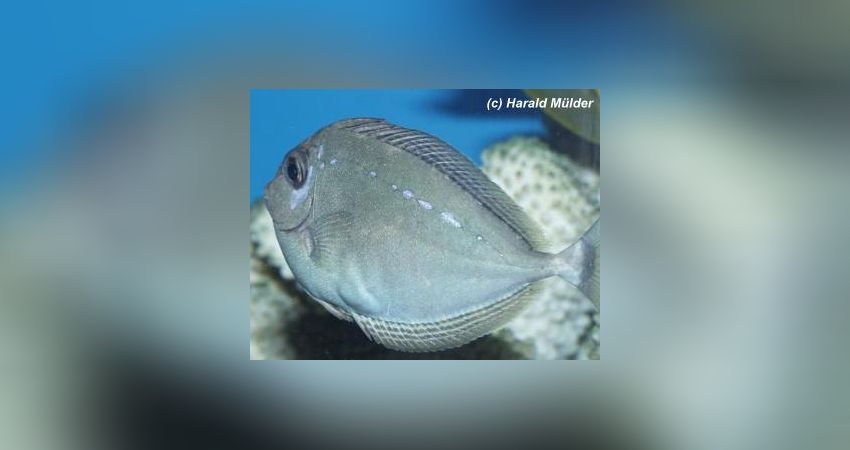
Surgeonfish in the aquarium - About the genera Zebrasoma and Paracanthurus, as well as interesting facts about the well-known lateral line disease.
Doctorfishes in the aquarium
Part 1: Zebrasoma and Paracanthurus
The surgeonfish family has always been the most interesting fish species for coral reef aquarists. Hardly any other fish family receives as much attention as the surgeonfish. There is hardly an aquarium without these beautiful, often proudly swimming fish. Often several specimens are kept together, depending on the size of the aquarium. This family has been given the name "surgeonfish" because this species has razor-sharp spines (also called scalpel) or thorn-like elevations on the root of the tail. This makes it possible for the surgeons to defend themselves or to attack themselves - to inflict serious injuries on other fish. The latter, however, is rather rare, surgeonfishes hardly ever attack by themselves, at least not without a good reason.
In the course of this article we would like to introduce some species to you in more detail, also how we see the aquarium keeping of the animal. This means above all the size of the fish in relation to the size of the aquarium. Still young and thus small surgeonfish are sold for small aquariums, sometimes only 300 litres, which often turns out to be a mistake. Often it turns out that the swim-joyful fish tend to hospitalism. They constantly swim back and forth on the glass, to put it simply, they do not feel well. Often it is simply ignorance on the part of the new aquarist or the quick purchase that has happened so often because one likes a fish particularly well. Such purchases should be considered carefully, and the care requirements of a fish should be clarified beforehand.
This article will also deal with some of the nonsensical statements about pair keeping that are often made in the specialist literature and on the Internet. Mating goes well in some cases, but in others it results in the death of the second animal. Some things that are successful in the beginning go wrong later on when the doctors get older. We will try to give you some species that can be socialised without any problems, and others where it seems impossible and would often mean the loss of your animal.
General information on surgeonfishes:
Surgeonfishes inhabit only tropical seas, and there are about 90 species in 6 genera. All surgeonfishes pass through a planktonic larval stage in their development. What they all have in common is that they are algae eaters, but they also eat the smallest animal organisms along with the algae, while others prefer to eat plankton. Because of the low energy content of their food in the sea, surgeonfish are forced to eat constantly. Surgeonfish are found mainly in places where algae growth is abundant, in shallow reef areas where sunlight is highest and algae growth is best. All surgeonfishes are diurnal fishes that forage throughout the day. With their sharp teeth, they graze the algae growth on rocks and corals, mainly ingesting algae. However, they also ingest fine sand particles, which are important for the digestive process. Surgeonfish swim with their pectoral fins, the caudal fin serves as a steering mechanism. This results in a slightly rocking swimming style. Many surgeonfish are capable of a rapid colour change. This serves on the one hand as a signal for cleaner fish, but also as a special sign for conspecifics. Most of the surgeonfishes today live considerably longer than 10 years in the aquarium, or rather we consider the age of 10 years to be the minimum. This is probably due to the improved water quality in our aquariums and the more balanced diet with more vegetable food.
The food should be adapted to their natural needs. As they eat mainly plant food, they should be offered a wide range of plant food. This includes all kinds of lettuce, lentils, northern algae, but also flake food (with spirulina) and, of course, frozen food, which they also like to take as a supplement.

Doctorfish and their relatives such as rabbitfish, but especially Zebrasoma xanthurum, are prone to the so-called head and lateral line erosion disease (HLLE)
It is probably caused by an insufficient and unbalanced diet, often accompanied by poor water values or, as is often suspected, too much carbon filtration. A diet rich in vitamins, especially vitamin A, can counteract HLLE. There are reports in aquarium circles that areas that have already been damaged can heal again, but this can take a long time. The deep holes disappear, but often visible scars remain. If your doctor goes to the mills, this vegetable has a lot of beta-carotene! Furthermore (personal message, vet Harald Mülder) the preparation Korvimin ZVT from veterinary medicine helps. Special vitamins and trace elements are the ingredients of Korvimin ZVT and will help your doctor fish with HLLE excellently.
Aquaristically interesting for us are the following species which we would like to introduce in more detail. Acanthurus, Ctenochaetus, Naso and Zebrasoma, as well as the pallet doctor fish Paracanthurus hepatus, which became especially famous in the film "Nemo".
Genus Zebrasoma:
Let us start with the family Zebrasoma, which is probably the most common species in domestic aquaria. Compared to the genus Acanthurus, it is a rather small family with only 7 species.
[picture:
].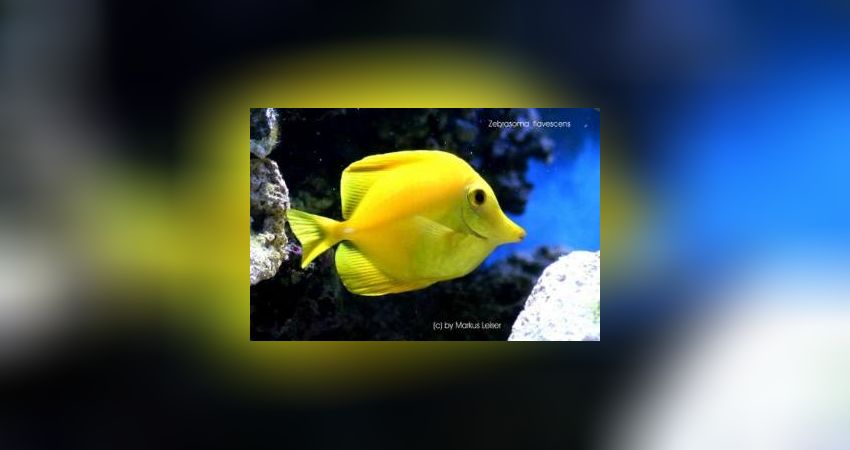
Zebrasoma flavescens: Probably the best-known surgeonfish and the best-selling, at least in German shops :-) Its pleasant social behaviour makes it a really recommendable fish for the reef aquarium. It usually reaches about 10 cm in the aquarium and thus remains clearly below the size it would reach in the sea. It can also be kept in several specimens, although you should choose a much smaller fish when adding more. In sufficiently large aquariums it is even possible to keep a group. If you can, you should keep several at the same time. Imported from Hawaii and lives in a small area in the Pacific. It is one of the most robust doctors, but with increasing size it should have at least 500 litres of swimming space.
Zebrasoma xanthurus: Considerably more expensive than Zebrasoma flavescens, it is imported from the Red Sea. Its range of occurrence is limited around the Arabian Peninsula. It is often more "aggressive" than Z. flavencens, and is not very shy in the aquarium. In the aquarium it also does not reach its natural size of 25 cm, most of them do not grow larger than 15 - 18 cm. Z. xanthurus, also known as Z. xanthurum, is without doubt one of the most attractive surgeonfishes. It is possible to keep two animals, but we strongly advise against keeping them in groups in home aquariums. This only works if a few small ones are kept together. Later this is no longer possible. In our experience these doctors need much more swimming space than Z. flavescens. Therefore we advise not to keep it below 500 litres, for larger specimens it should be 1000 litres and more. Like Z. flavescens, Z. xanthurus likes to eat flake food with spirulina. All surgeonfishes should be provided with sufficient algae food, but they also like to eat algae leaves (nori algae).
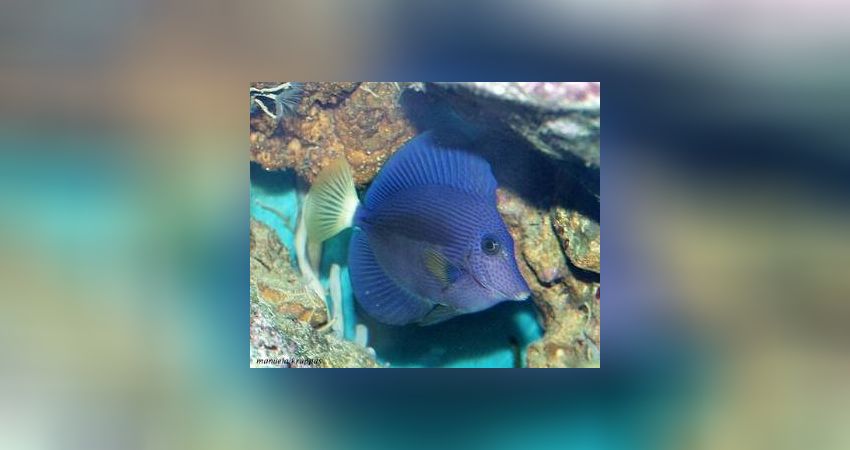
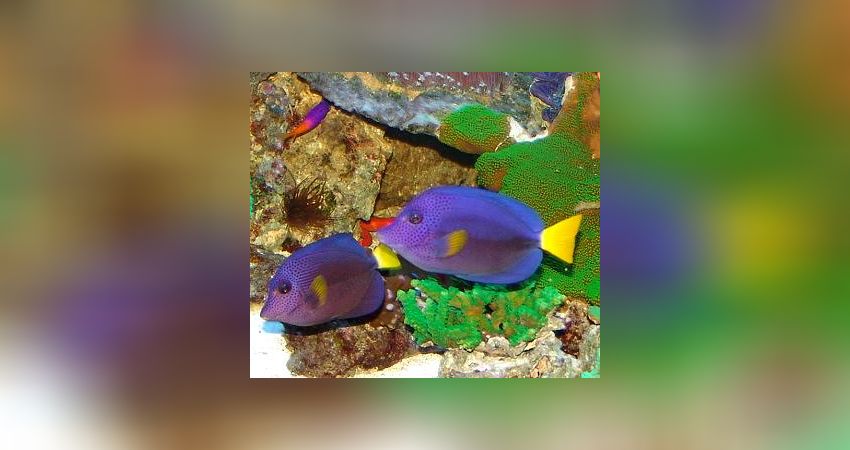
In the picture you can see our two Red Sea Doctors, who have been getting along well for a few years now. In the beginning there was a little aggression from the old animal towards the new one. But this is the case with almost all new doctors that are integrated into an old stock. When adding new ones, always make sure to take an animal that is as small as possible.
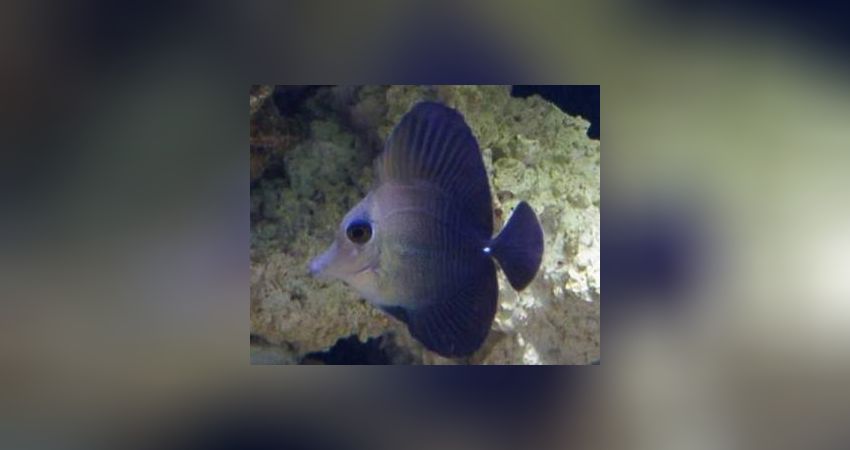
Zebrasoma scopas: Doesn't play a major role aquaristically, as it is quite colourless and is not often found in the trade. Despite all this, its behaviour can be classified as tolerable, so it can be recommended for a community aquarium, even if it does not seem to be quite as tolerable as Z. flavescens. It occurs in different colour variations and is widespread in the Indo-Pacific. It too usually does not reach the natural size of 16 cm. Small specimens can manage with 300 litres, larger ones should have 500 to 1000 litres of swimming space.
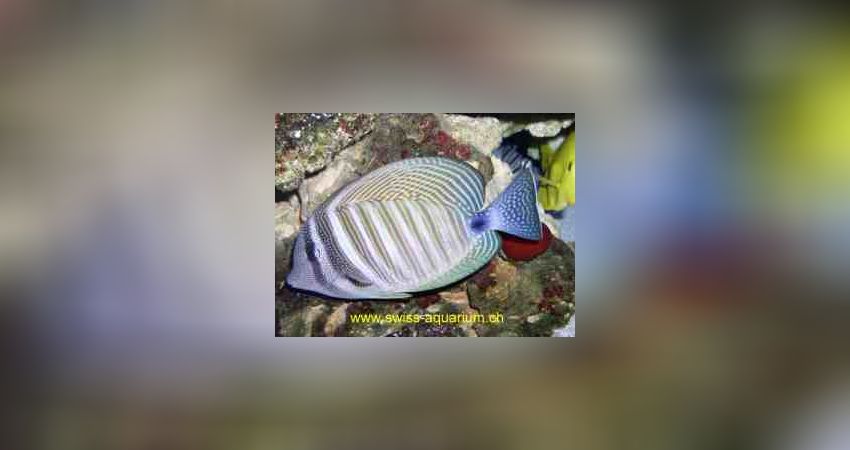
Zebrasoma desjardini: The expected size of up to 40 cm alone should make it clear that you need a very large home aquarium to keep it reasonably species-appropriate. Unfortunately it is often bought by ignorant people as a small surgeonfish, but most buyers do not realise how big it will grow. Nevertheless a good to keep
doctor ! It is usually not so easy to add more, which is why it is advisable to keep two young animals, provided you have enough space. Small doctors up to 500 litres, larger ones considerably more than 1000 litres. Even if they do not reach their natural size, they will grow to 30 cm in the aquarium. Also an excellent swimmer that is on the move all day. Comes from the Indian Ocean.
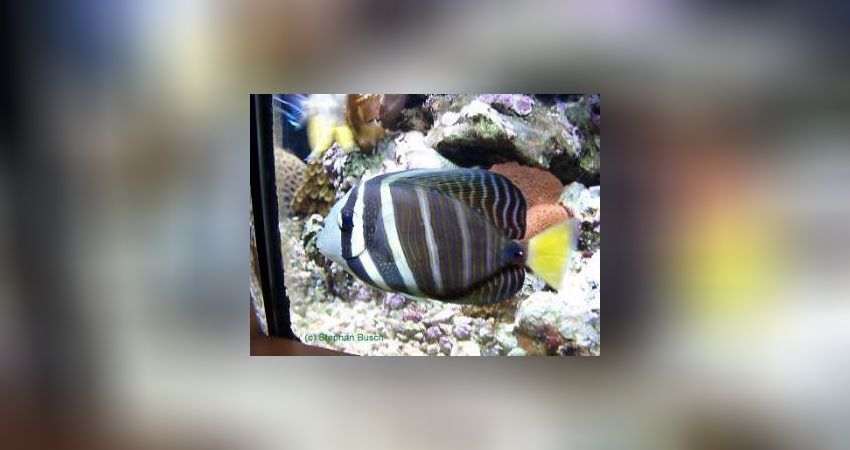
Zebrasoma veliferum: Like Z. desjardini, it grows large, up to 30 cm in the wild! Comes from the West and Central Pacific. It is also an excellent swimmer that needs a lot of space. Like all Zebrasoma species an excellent algae eater. Here, too, pair keeping seems to work only in the juvenile stage, older specimens are not very enthusiastic about mates, sometimes there are bad fights. Here, too, a lot depends on a sufficiently large aquarium. Can reach 25 cm in the aquarium, but often remains smaller.
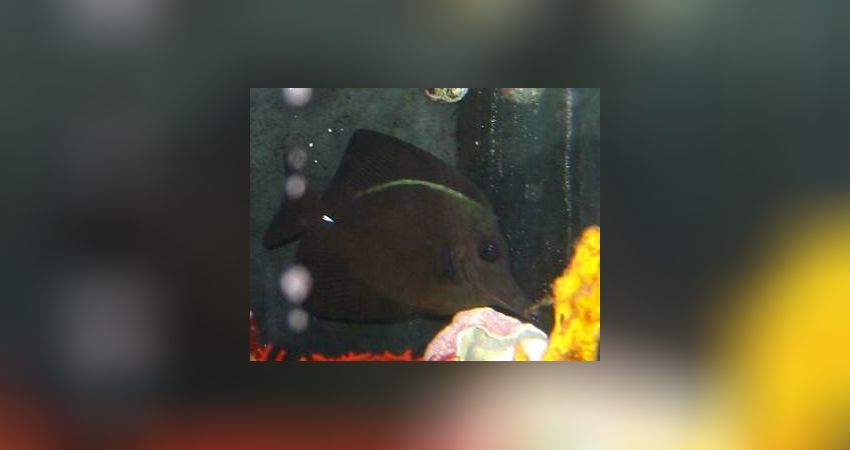
Zebraoma rostratum: It is rare to find in the trade, and also costs a lot of money. Here, the desire to cultivate something rare is probably often the incentive to buy it. Occurs only in the South Pacific, Marquesas to Cook Island, Tuvalu and Pitcairn. Easy to recognise by the longer snout, which is especially visible in adults. Mating can only work if two small fish are used at the same time, but there are no guarantees that it will work in every case! Z. rostraum grows to about 20 - 25 cm in the aquarium, and thus remains below the natural size of up to 40 cm. Specialist literature describes it as much smaller, up to 20 cm. Initially seems to be a bit more sensitive than other Zebrasomas, but once it has settled in well it is a very durable surgeonfish. Shows its rich deep black colour only when it is comfortable.
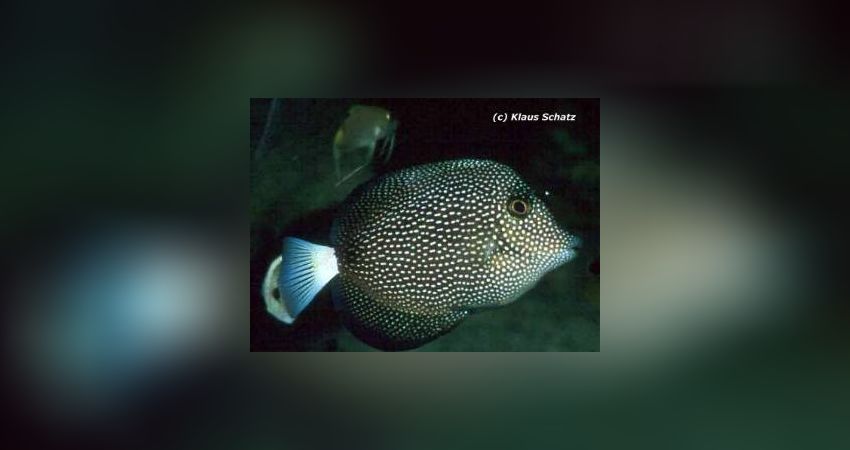
Zebrasoma gemmatum: Comes from the south-western Indian Ocean, and of course as the name Mauritius sailfin doctor suggests, from Mauritius. It is also only imported from there ! So few specimens are caught there that they are rarely sold. And then usually at a very high price of well over 400 euros. However, it can be kept well in the aquarium and can also be socialised with other Doctors. However, keeping them in pairs usually goes wrong, whereby the experiences made are not conclusive enough, as only a few have tried it. So far there is no long-term experience with keeping two z. gemmatum together. Moreover, they are usually only found singly in the sea.
Genus Paracanthurus:
After the introduction of the Zebrasoma family, we now come to the so-called "loner" Paracanthurus hepatus, the pallet doctorfish.
With only one species, it is the smallest of the genus Surgeonfish. Since they are plankton hunters in the open water in their juvenile stage, they live far more dangerously than all other surgeonfishes. Juveniles are therefore usually found in large stony corals between which the small surgeonfish seek shelter. With increasing age, however, they also seem to eat algae! A characteristic of their species is that they tilt during the night. To do this, they simply get stuck in a crevice or cave and hold on with their fins. Paracanthurus hepatus is widespread, occurring from the Indo-Pacific, East Africa to Japan, in the Barrier Reef to the Line Islands, south of Hawaii. Specimens from the Indian Ocean have a clearly visible yellow belly, unlike the others. All others are blue in colour.
Paracanthurus hepatus: With a final size of approx. 30 cm, the pallet surgeonfish is one of the larger surgeonfish species. However, it takes years for it to reach over 20 cm. Nevertheless, it will reach it, which requires a large aquarium with plenty of swimming space. Even aquariums with 1000 litres are not sufficient in our opinion. Paracanthurus hepatus is the most peaceful doctor of all and does not quarrel with any other. However, it is very susceptible to parasitic diseases and easily gets insect infestations. With a good vitamin-rich diet, however, they usually disappear. Therefore, the use of a UV system is absolutely advisable.
Paracanthurus hepatus as a shoal: Especially the pallet doctor fish is one of the doctors that can be kept in a group, but this requires a sufficiently large tank.
[picture:
Paracanthurus hepatus as a shoal: The pallet doctor fish is one of the doctors that can be kept in a group, but this requires a sufficiently large tank.
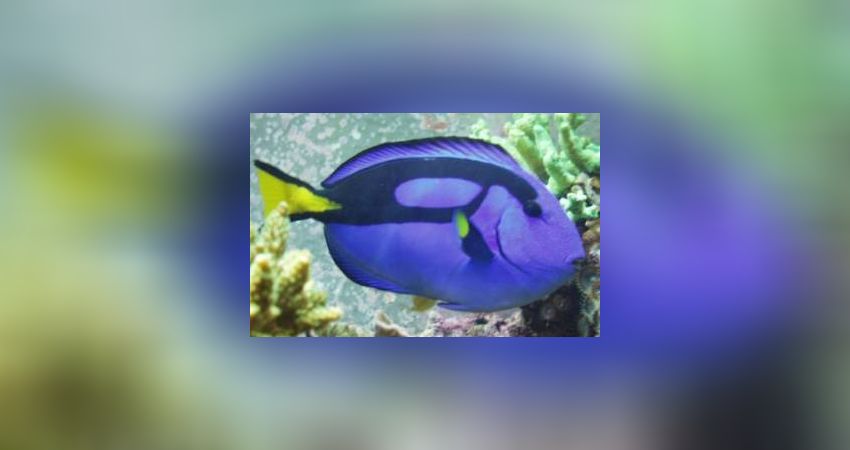
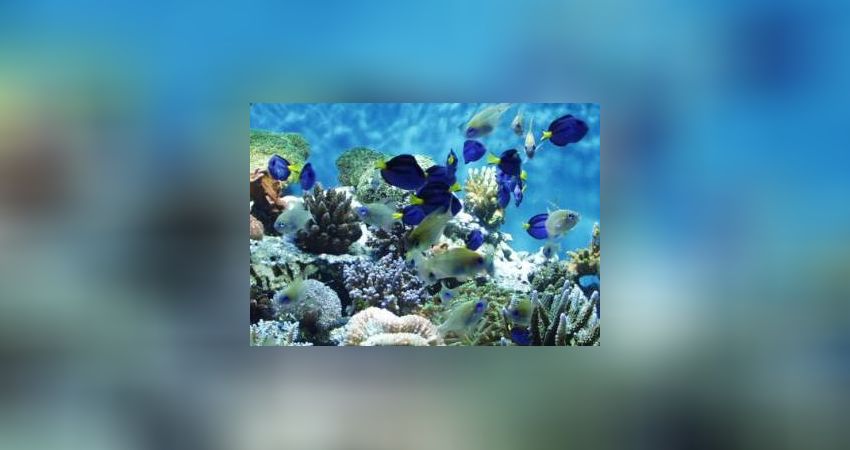
But at least as a pair it should be kept in any case... as it significantly increases the well being of the doctor.... Even as a pair, the animals should have well over 1000 litres of water available, otherwise they tend to get bored quickly. It is worth mentioning that this doctor tends to eat floral animals. These are often only xenia, but you can never really predict this beforehand. Other floral animals are usually left alone. Eats much more than the species of the genus Zebrasoma, both algae and meaty food. You should buy it as small as possible to enjoy it for a long time, and it is much easier to keep.
In part 2 you will read about the genera Ctenochaetus and Naso, in part 3 you will read about the genus Acanthurus, which is also the largest family.
Manuela Kruppas and Robert Baur-Kruppas
How do you like this article?
Info
Author

Bookmark
Comments
Topics
Similar articles
- Solenostomus und Rhinopias in einem Aquarium
- Feeding Coral Fish Part 4
- Our house visit with Claudia the mummy of the anemonefish and Thor shrimps
- 04 - Light
- Thalassoma hardwicke - ist er ein optimaler Strudelwurmfresser?
- How a marine aquarium is created Part 28: When space in the aquarium is at a premium.
- Zebrasoma flavescens
- Pathogene Bakterien im Meerwasseraquarium Teil 2
- 28 - The repositioning of fish
- Dascyllus aruanus
Comments To the top
Nach diesen beiden Studien wird HLLE durch Aktivkohle ausgelöst:
www.tandfonline.com
und
www.tandfonline.com
Noga hatte auch schon Aktivkohle in seinem Buch als zumindest einen beitragenden Faktor
Please register
In order to be able to write something yourself, you must register in advance.






